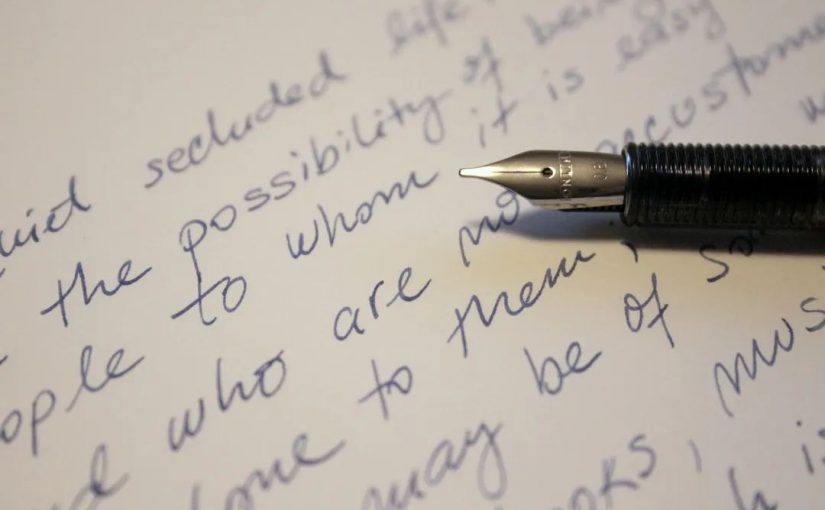国际竞赛中最卷的是数学竞赛,对于文科生来说又有那些可以参加的比赛呢?这些文科比赛都将在什么时候开赛呢?到底哪个才更适合你呢?
John Locke论文竞赛
John Locke论文竞赛是一项英国牛津大学和关团普林斯顿大学等名校教授合作组织的学术项目。JohnLocke Institute是位于英国牛津的独立教育组织。因此,竞赛的评审全部来自英田牛津大学,参与对象为全世界范国内思考能力最强的中学生。
在项目中获Distinction可以大幅提升美国和英国大学本科申清竞争力。往年参与学生录取成绩包括普林斯顿、哈佛、耶鲁、斯坦温、芝加哥、伯克利、牛津、剑娇等世界名校。
适合对象
各个国家、各个学校的学生都可以参与。学生年龄为18岁(或者18岁以下),初中奖的候选人在参赛作品提交截止日期前年龄不能超过14岁。
高年级组:提交论文时年满18岁及以下
低年级组:提交论文时年满14岁及以下
竞赛形式
个人参赛,7个方向21个选题,选择其中一个问题提交一篇2000词以下的论文。
竞赛时间
2024年6月30日(常规提交)
2024年7月10日(延迟提交)
延迟提交需要交20美金
官方获奖数据
晋级入围20%左右
比赛难度
★★★★★
HIR哈佛国际评论学术写作
《哈佛国际评论》是全球多所名校的必读读物之一。它作为顶级学术期刊,每周都会发表各领域的国际问题研究论文。因此也备受全世界关注,其举办的写作竞赛也吸引了世界各地的目光!
适合对象
9-12年级中学生
还合擅长英文写作,有自己想法和观点的学生
竞赛形式
个人参与(接受2人合作投稿)
提交一篇至少800词但不超过1200词的国际事务主题的短篇文章
竞赛时间
夏季
报名截止:2024年7月15日;
提交截止:2024年8月31日
入围线上管辩:2024年10月5日
秋/冬季报名截止:2024年11月30日
提交截止:2025年1月2日
入围者线上答辩:2025年2月5日
春季报名时间己截止
官方获奖数据
入围率25% 、金奖前3%、银奖前10% 、铜奖前20%
比赛难度
★★★★
HIEEC哈佛国际经济学论文
HIEEC哈佛国际经济学论文大赛由哈佛本科生经济协会(HUEA)和《哈佛大学经济评论(HCER]联合主办。HIEEC为学生提供了展示其对经济理论的写作和理解水平。通过比赛,学生们磨练自身的学术和专业技能并展示所学的知识。
适合对象
9-12年级中学生
还合对经济学感兴趣或希望增强学术深度和英语能力的学生
竞赛形式
参赛者必须从规定的4个论文跑目中任选1个,结合经济理论和现实生活中的事例构建一个令人信服的论题,提交一解1500词以内的论文。
竞赛时间
论文题目公布日期:2024年11月初(美国东部时间)
论文提交截止日期:2025年1月初(美国东部时间)
官方获奖数据
入围率4%
比赛难度
★★★★
马歇尔学会经济论文
马歇尔学会经济论文(Marshall Society Essay competition)作为含金量极高的经济类论文活动,非常受到英国和美国各大项圾院校的认可,对于申请经济专业的小伙伴来说,又被称作“新获牛剑经济专业Offer的标配活动。其成立于1927年,以纪念近代英国最著名的经济学家、《经济学原理》著作者、局部均衡分析创始者阿尔营雷德·马歇尔(Alfred Marshal),此后一直秉承其杰出创始人的传统,推动经济学的讨论。
适合对象
全球中学生
适合对经济学感兴趣或希望增强学术深度和英诺能力的学生
竞赛形式
在官网发布的选题中选择其一进行写作,提交一篇不超过1250词(包括脚注在内)的论文
竞赛时间
论文题目公布日期:2024年6月底
论文提交截止日期:2024年8月中
官方获奖数据
入围率低于1.6%
比赛难度
★★★★★
《纽约时报》系列
《纽约时报》作为享誉全球的老牌媒体,多年来举办的中学生写作系列活动是全球写作活动中最受关注含金理最高的活动之一。其中信息写作、夏季读写,观点写作等在全球中学生中都有良好的口碑。
适合对象
13-19岁中学生
适合擅长英文写作,能够表达自己的观点的各学科学生,并非常鼓励人文学科学生参加。
竞赛形式
提交100-500词内文章
(具体需根据选择系列要求完成)
竞赛时间
全年依次开展
根据参加不同系列,时间不同
夏季读写:2024年6月7日-8月16日
个人叙事:2024年10月-11月
学生评论:2024年11月-12月
官方获奖数据
获奖率1-2%
比赛难度
★★★★★
The Concord Review
The Concord Review成立于1987年3月,旨在认可和出版高中生英文的模范历史论文,是世界最顶尖同时也是唯一发表高中生历史论文的期刊。共发行124期,发表了来自46个美国的州和41个国家/地区的1362篇历史研究论文。The Concord Reviewv 的高权性也被给佛大学招生办主任比作顶级学术期刊数学活动,能够在Thecon-cord Review 上获得发表相当于赢得一次全团性数学活动,将会为学生大大提升竞争力。
适合对象
全球高中生
适合对历史感兴趣或希望增强英语能力的学生
竞赛形式
不限历史主题(古代或现代,国内或国外)提交一篇至少5000到7000询以上的长篇论交
竞赛时间
春季刊:11月1日
夏季刊:2月1日
秋季刊:5月1日
冬季刊:8月1日
(美国东部时间)
官方获奖数据
入围率5%
比赛难度
★★★★★










